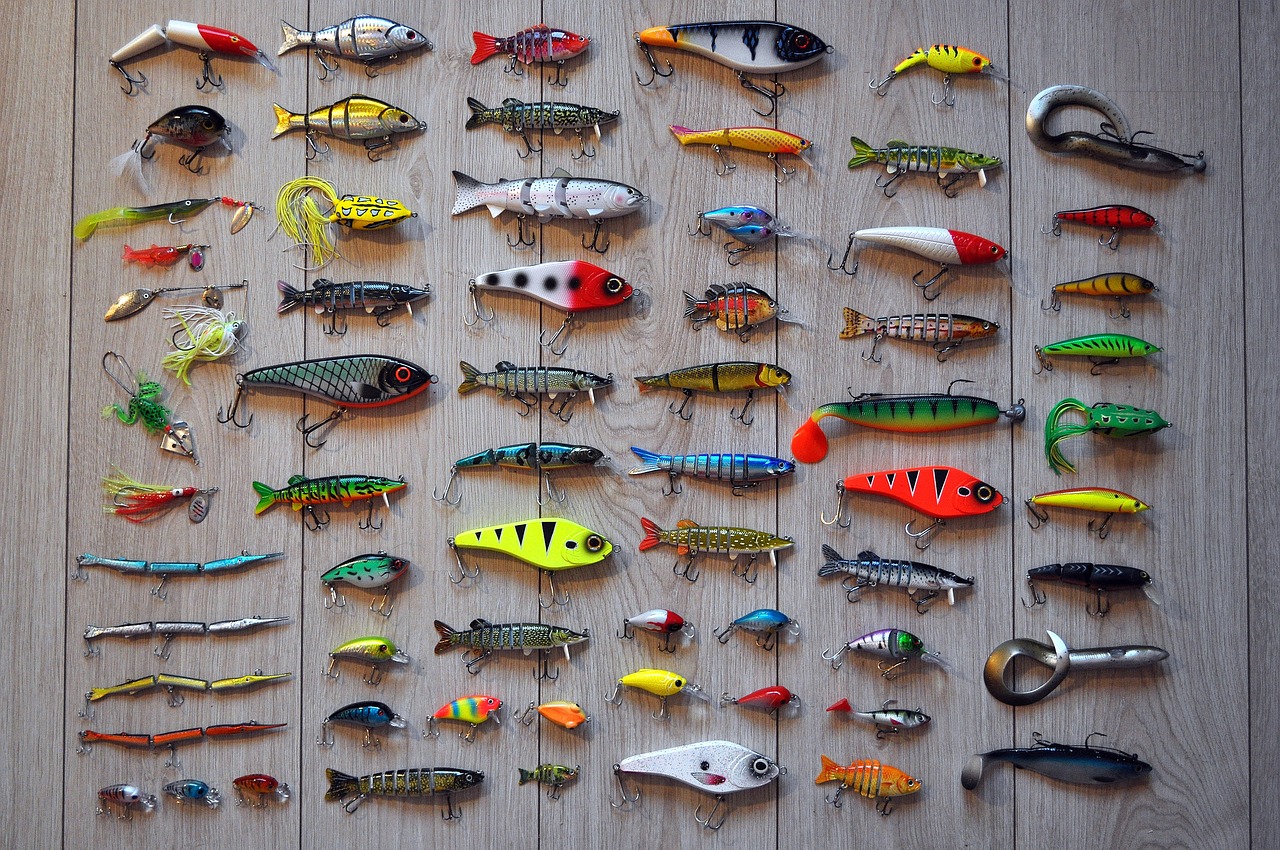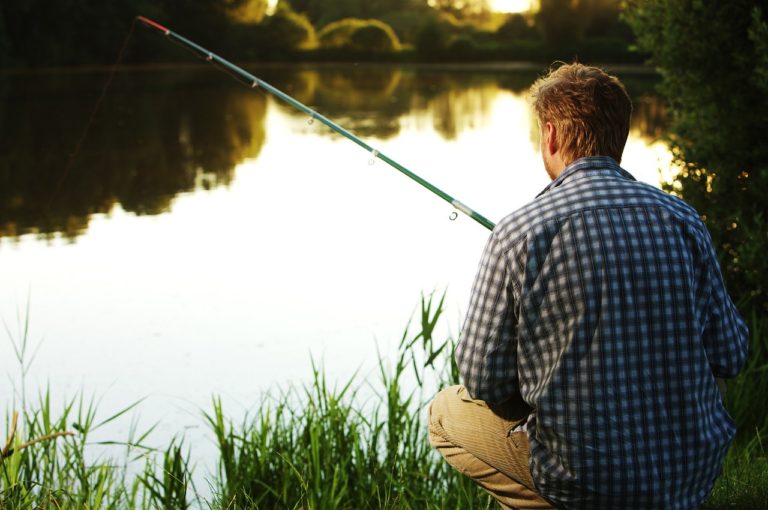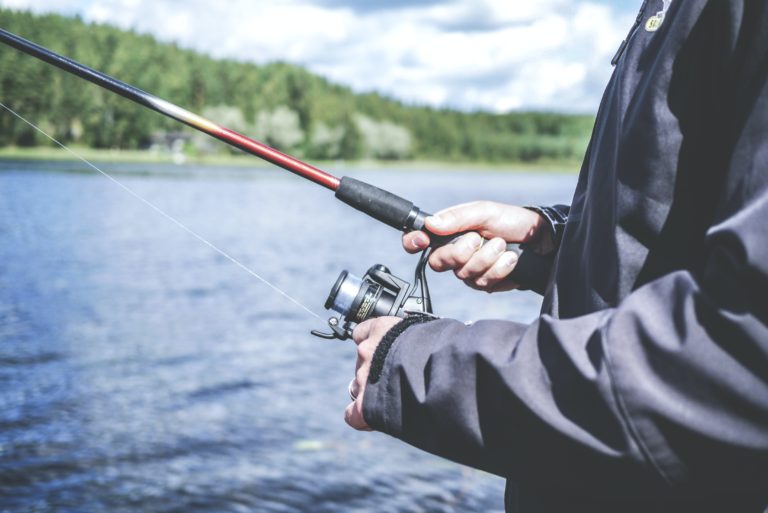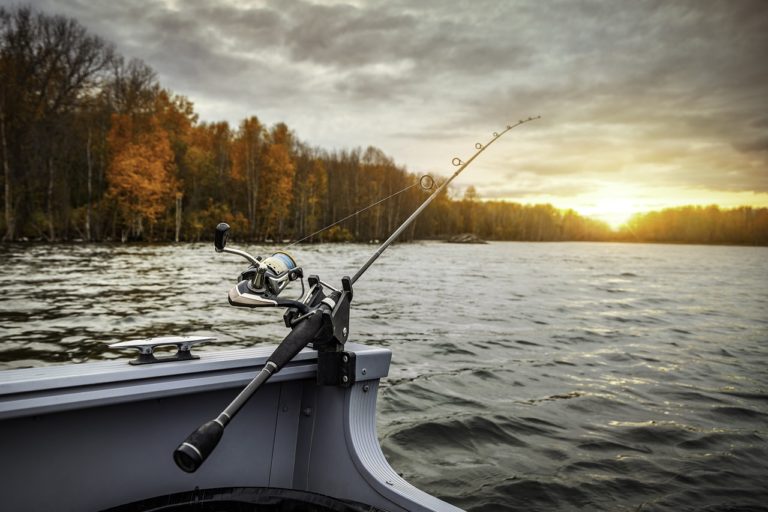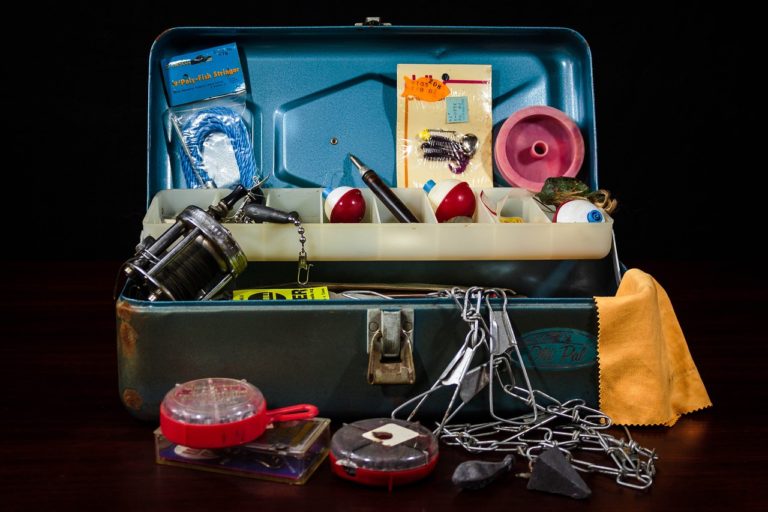Different Types of Fishing Lures
What are the different types of fishing lures and how do you use them?
Embarking on a fishing adventure can be both exciting and challenging, especially when it comes to choosing the right gear.
One particular piece of fishing equipment that requires keen attention is the fishing lure.
These little marvels, designed to attract predatory fish, come in a variety of forms such as fishing spoons and spinnerbaits, each with its own set of advantages and pitfalls.
In this article, we’ll dive in to explore the different types of fishing lures, offering you insights to help you make the best selection for your next angling expedition.
Understanding Fishing Lures
Fishing lures are artificial objects designed to mimic the look, movement, and sometimes even the scent of fish prey, operating primarily to draw the attention of a fish and coax it to bite.
Lures are a fundamental element of angling, with a myriad of types and designs available to cater to different fishing conditions, species, and techniques.
Ranging from fishing spoons, which are designed to reflect light and mimic the movement of small fish, to soft plastic baits mimicking worms or crustaceans, each lure offers a unique allure.
Unlike live bait, which can be messy and requires proper handling and storage, fishing lures are easy to manage and can be reused multiple times. Different types of fishing lures allow for more versatility and can be used to target a wider range of fish species.
Types of Fishing Lures
Fishing lures come in a vast range of designs, each one crafted to target a specific type of fish or work best in certain conditions. Here’s a list of the different types of fishing lures you’ll encounter:
- Fishing Spoons: Metal lures designed to reflect light and mimic the movement of small fish.
- Jigs: These lures sink to the bottom and imitate the movement of prey, often combined with soft plastic lures to add more life-like action.
- Spinnerbaits: Characterized by their spinning blades that flash and vibrate as the lure is retrieved, attracting fish through sight and sound.
- Swimbaits: These are realistic-looking lures designed to mimic a swimming fish, available in hard and soft plastic versions.
- Plugs: These lures are designed to dive and swim when retrieved, covering greater distances and imitating a fleeing baitfish.
- Lipless Crankbaits: As the name suggests, these are crankbaits without a lip, facilitating tighter wobble and higher retrieval speeds.
- Chatterbaits: Feature a unique design with a metal blade attached to the front, creating a wobbling and flashing effect underwater, perfect for attracting a variety of predatory fish
- Tubes: Tubes are versatile fishing lures, often resembling squid or crayfish, that can be effectively used in a variety of environments and are particularly effective in mimicking the forage of many game species, making them a favorite among both freshwater and saltwater anglers.
- Plugs: These float on the water and move in different ways depending on their design, including diving below the surface or causing a splash.
- Topwater Lures: Designed to float and create a disturbance on the surface of the water, attract fish that are attracted to such commotion.
- Weedless Lures: A particularly useful addition to any angler’s tackle box, these lures have their hooks slightly covered to avoid snagging on underwater vegetation or debris, ensuring a smoother retrieval.
Each of these lures has specific applications and advantages, and understanding how to properly use them can greatly improve your fishing experience.
Fishing Spoons
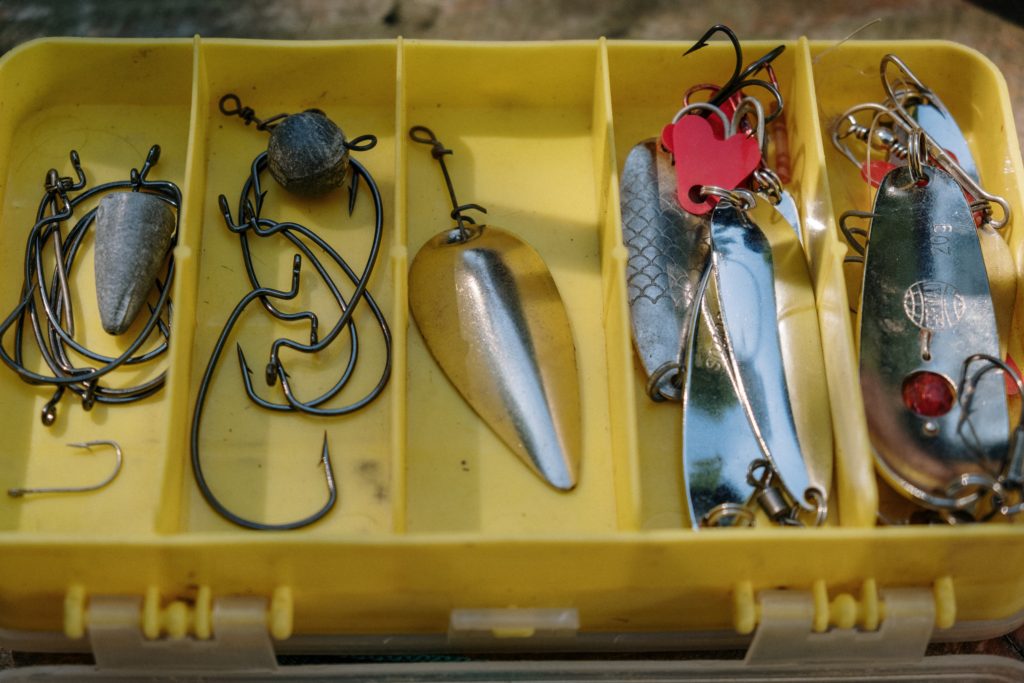
Fishing spoons are simple yet effective artificial lures that are an essential part of any angler’s tackle box.
These metal lures create a shine and movement in the water that easily catches the attention of fish, mimicking the appearance of small baitfish.
Combined with a treble hooks, the brilliance and movement of the spoon lure in the water simulate the flash and vibration of a distressed or fleeing fish, which triggers the predatory instincts of larger fish.
Spoon Fishing Techniques
Additionally, there is a variety of spoons designed for specific actions such as swimming, jigging, wobbling, and creating commotion in the water.
Each is uniquely structured to perform its designated function, making fishing spoons a versatile tool for various fishing scenarios.
Curious to know more about fishing spoons, one of the most versatile lures? Don’t miss out – head to our comprehensive article on the best fishing spoons for trout and bass fishing and discover the perfect one to enhance your fishing experience!
Jigs
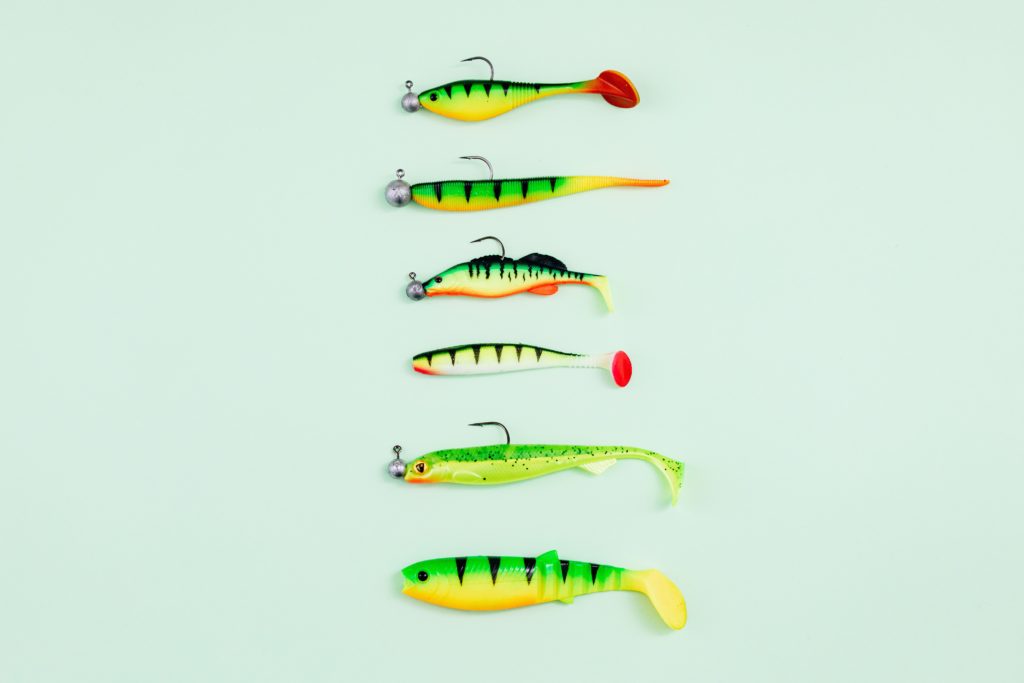
Jigs represent an exceptionally versatile category of fishing lures, known for their weighted design. Typically, a jig consists of a hook with a lead sinker molded onto it, often resembling a head with eyes. This weighted feature allows the jig to sink in the water, enabling it to reach greater depths more quickly than other lures.
Jigs Offer Variety
Moreover, jigs can be customized with various attachments, such as soft plastic lures, to mimic different prey and attract a wide array of fish species.
They can be utilized in diverse fishing methods — whether it’s “jigging” where the lure is jerked up and down in the water, “dragging” it along the bottom, or “swimming” it through the water.
Additionally, jigs make a wonderful lure in combination with drop shot rigs. Understanding these techniques and employing them based on the targeted fish can significantly boost your catch rates.
Spinnerbaits
Spinnerbaits are another popular type of fishing lure, known for their distinctive shape and multifunctional design.
At the most basic level, a spinner bait consists of wire, a hook, a skirt, and one or more metal blades that spin like a propeller when the lure is in motion.
This spinning action creates both visual appeal and vibration in the water, mimicking the movement and flash of small baitfish to attract predatory fish.
One of the key advantages of spinnerbaits is their versatility; they can be used in a variety of environments, from clear to murky waters, and can effectively cover large areas of water quickly. These features make spinnerbaits an excellent bass fishing lure.
Spinnerbaits Are Naturally Weedless
Moreover, their unique, wire-frame design makes them less likely to snag compared to other lures.
On the downside, spinnerbaits might not be as effective in clear water as the unnatural metallic shine might scare off some fish. Overall, understanding and leveraging the unique properties of spinnerbaits can give anglers an edge in diverse fishing scenarios.
Swimbait
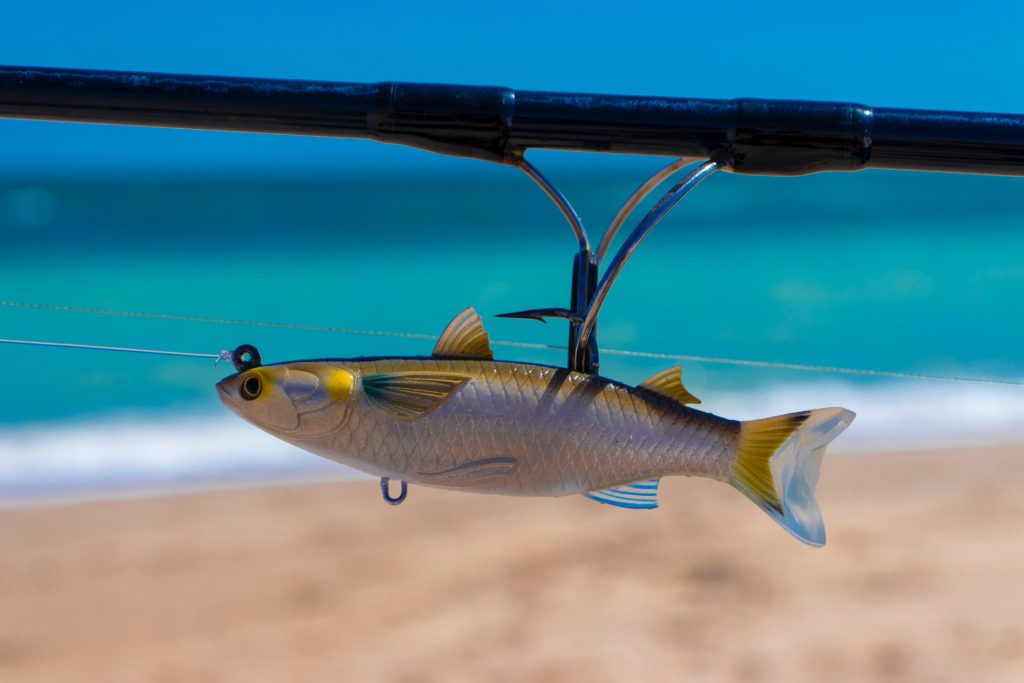
Swimbaits are fishing lures designed specifically to imitate the appearance and motion of a swimming fish, thereby attracting predatory fish species.
They are often divided into several sections connected by hinges or flexible materials, which allows them to move fluidly through the water, creating a lifelike, swaying motion that mimics the behavior of a swimming fish with striking accuracy.
Swimbaits Are Most Realistic Lures
Some swimbaits go the extra mile in their quest for authenticity, featuring detailed scales, fins, and even eyes.
These high-quality lures can fool even the keenest of fish with their striking resemblance to a little fish.
Utilizing swimbaits in your angling endeavors can significantly enhance the appeal of your line and increase the chances of attracting a big catch. With their realistic look and movement, swimbaits have truly revolutionized the art of fishing.
Plugs
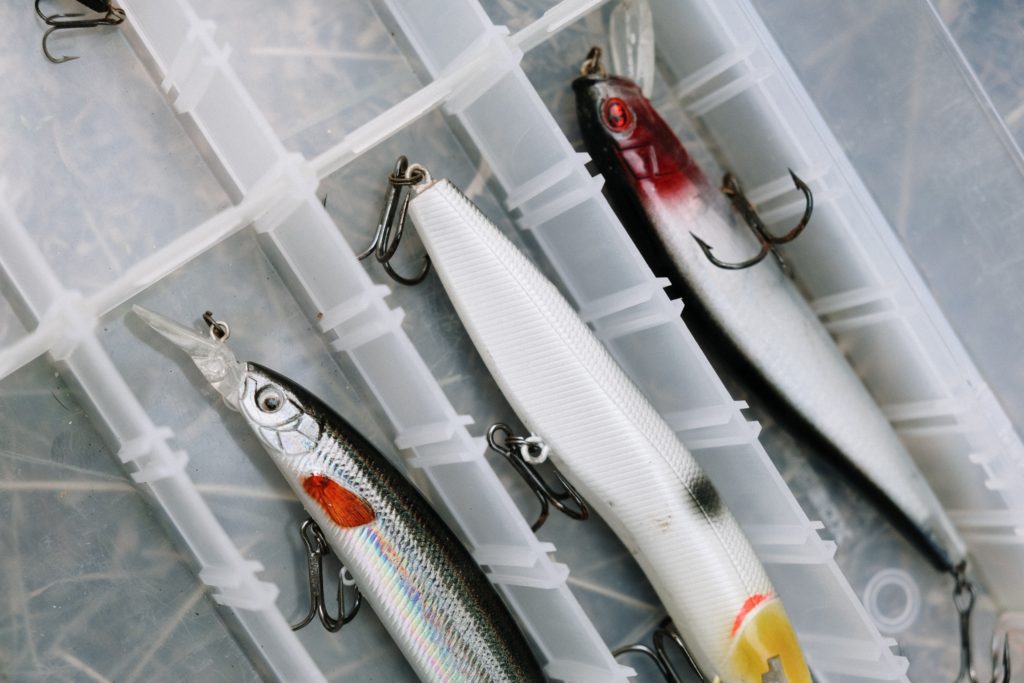
Crankbaits are a type of fishing lure known primarily for their distinctive ‘lip’ feature. This lip, positioned at the front of the lure, serves a critical function in the lure’s operation.
Crankbaits are typically combined with one or three treble hooks depending on the length and size of the lure.
As the crankbait is retrieved, the water’s resistance against the lip causes the lure to dive beneath the surface, emulating the diving action of a small, fleeing baitfish.
This realistic motion can trigger predatory fish to strike, making crankbaits a particularly useful tool in the angler’s arsenal.
Lipless Crankbaits
Unlike their lipped counterparts, Lipless Crankbaits do not possess the distinctive ‘lip’ feature, which results in a drastic shift in their underwater movement.
Consequently, this fishing lure does not dive deep beneath the water’s surface. Instead, they remain relatively shallow, making them an ideal option for fishing near the water’s surface or in areas with less depth.
This characteristic stems from the absence of the ‘lip’ that, in other crankbaits, serves to dive deeper into the water by leveraging the resistance against the water current.
Lipless Crankbaits provide a unique solution for anglers fishing in shallow waters or targeting species that inhabit the upper aquatic layers.
Chatterbaits
Chatterbaits, an innovative addition to the diverse world of fishing lures, offer a unique blend of the best features of crankbaits and spinnerbaits.
This type of fishing lure is characterized by a hexagonal, flat metal plate that is connected to the hook.
As it moves through the water, the metal plate “chatters” or vibrates, creating both visual and sound stimuli that effectively mimic a distressed baitfish.
The lifelike movement and vibration caused by the chattering action are highly effective at attracting predatory fish that react to erratic movements.
With such a diverse arsenal of types of fishing lures at their disposal, anglers can strategically adapt their choice of lure to the conditions of the water and the behaviors of their desired catch.
Tubes
Tubes are a versatile type of fishing lure, designed to mimic the movements and appearance of several bait species. The design is simple yet effective: a hollow body and trailing skirt that ripples enticingly in the water, attracting the attention of predatory fish species.
One significant advantage of these soft plastic lures is their flexibility of use. They can be rigged in various ways to suit different fishing conditions and target specific fish species.
Tube Fishing Techniques
Some popular techniques for this fishing lure include Texas rigging for weedless applications or jighead rigging for open water or rocky bottom fishing. The hollow center of tubes allows for the addition of attractants or rattlers, further enhancing their appeal to fish. The versatility, adaptability, and effectiveness of tubes make them a staple in any angler’s lure collection.
Topwater Lures
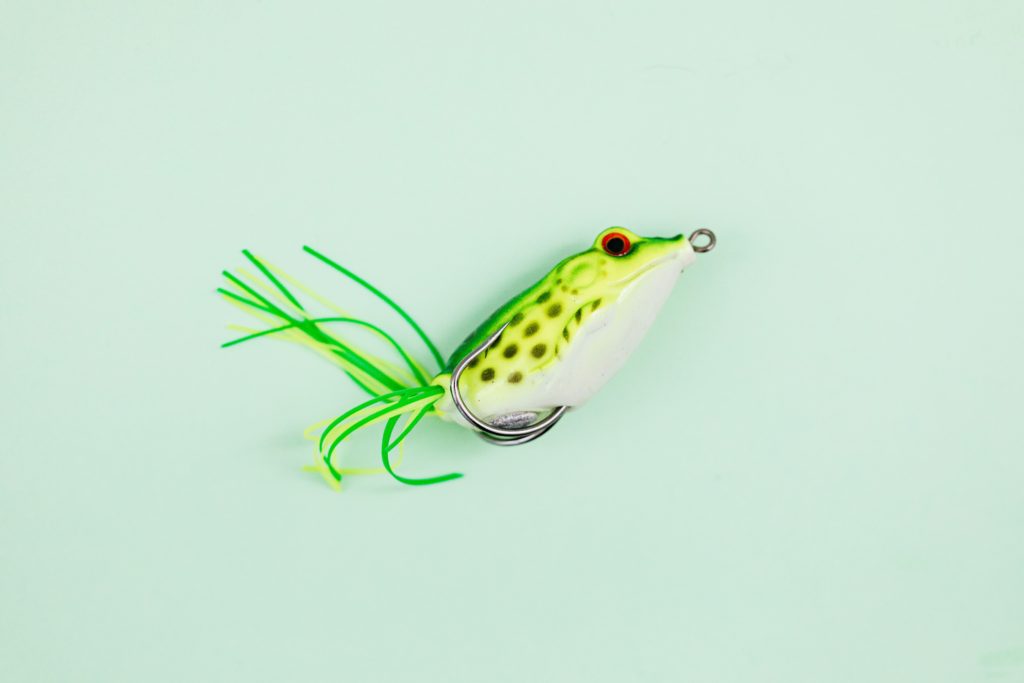
Topwater lures are another fascinating addition to the diverse arsenal of fishing baits. As their name suggests, these lures are designed to remain on the water’s surface, creating a tempting display for predatory fish.
It’s during certain times of the year, when fish tend to be more aggressive, that topwater lures truly shine. This period typically coincides with warmer weather when largemouth bass are more likely to surface and even leap out of the water to ambush their prey.
The thrilling spectacle of a fish crashing the surface to snatch a topwater fishing lure is a sight that can get any angler’s heart racing. These lures, with their unique movement and placement, offer an exhilarating fishing experience and a successful catch, particularly during the seasons when fish are more surface-active.
Weedless Lures
Weedless lures form a crucial part of the angler’s toolbox, designed specifically to tackle environments fraught with aquatic vegetation, debris, or other potential snags. The defining feature of these lures is the clever concealment of the hook, either partially or wholly, to prevent snagging on underwater obstacles.
This ingenious design modification allows the lure to glide smoothly through weed beds, lily pads, or submerged timber without getting caught, thus affording an undisturbed presentation while bass fishing.
Despite their protective design, they still ensure a solid hookset when a fish strikes, making weedless lures an essential choice for fishing in areas dense with cover. Lures like spinnerbaits and jigs can easily be made into weedless lures.
Conclusion
In conclusion, the choice of fishing lure can greatly influence your success on the water. From the action-packed spectacle of topwater lures to the problem-solving design of weedless lures, each type has its unique charm and functionality.
Understanding the different types of fishing lures, and applying them in the right conditions, can unlock new levels of angling prowess. So, whether you’re an experienced angler or a novice testing the waters, equip yourself with a variety of lures. You’ll be prepared for whatever the fishing day may bring, and the thrill of the catch will be all the sweeter for it.
